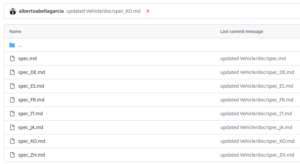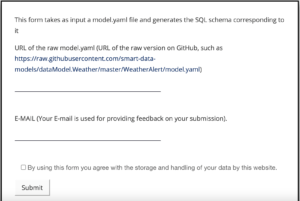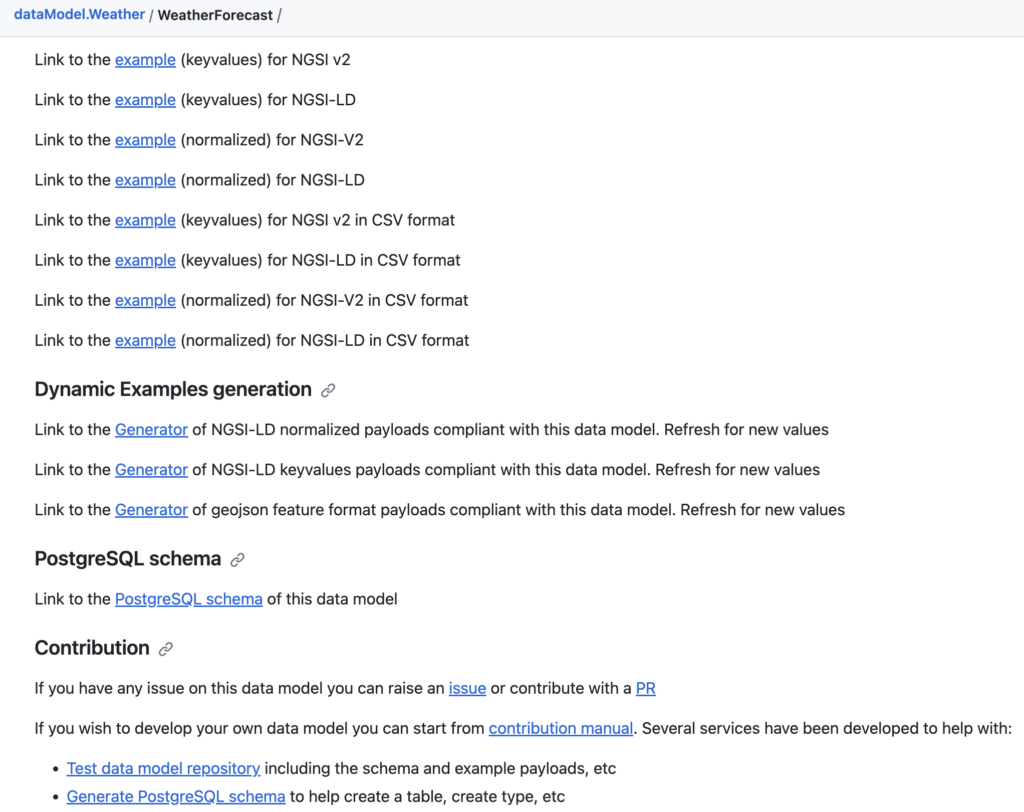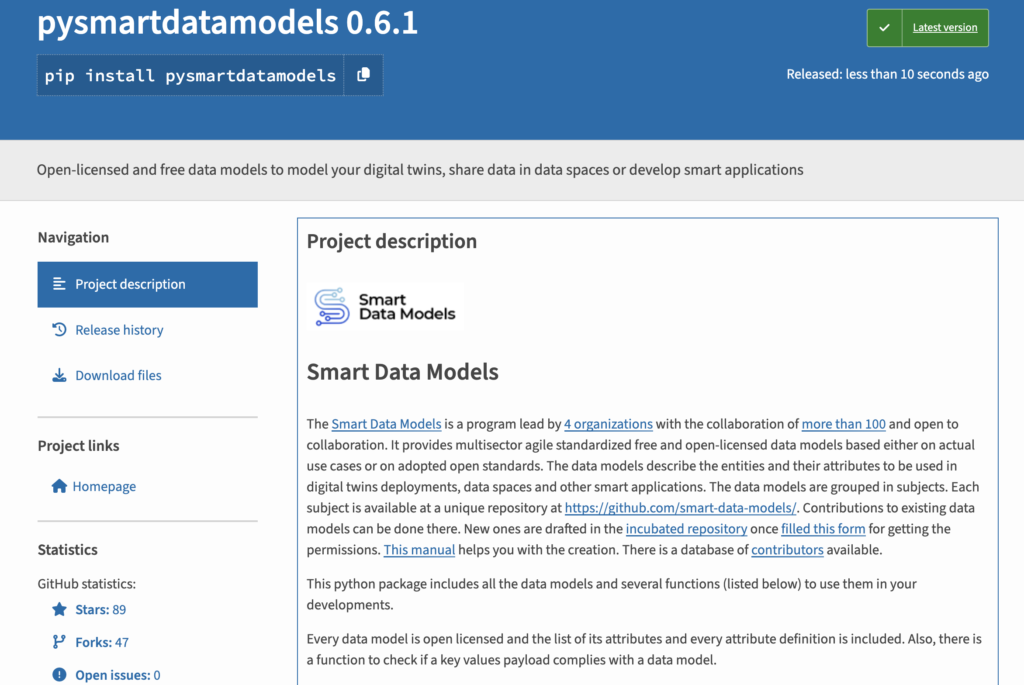We are thrilled to announce the latest update to pysmartdatamodels Python package, version 0.6.3, featuring a new function: generate_sql_schema()This addition enabling seamless generation of SQL schemas with just a few lines of code!
Introducing generate_sql_schemqa() Function:
With the new function, generate_sql_schemqa() pysmartdatamodels simplifies the process of creating SQL schemas for your data models by providing as input the model.yaml representation of a Smart Data Model.










